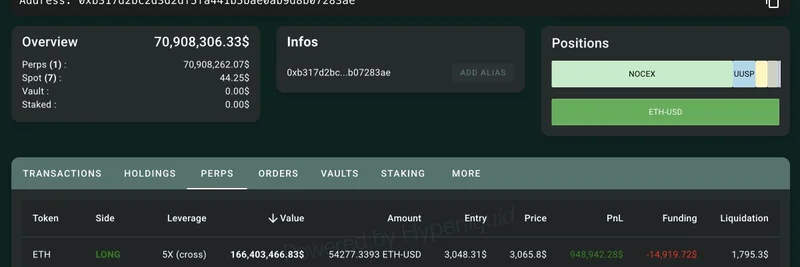Hey there, crypto enthusiasts! If you’ve been keeping an eye on the decentralized finance (DeFi) world, you might have heard the recent buzz about GMX—a protocol that’s been making waves since its inception. On July 9, 2025, Solana Legend dropped a thought-provoking tweet that’s got the community talking. They said, “Sad ending to a protocol that helped pioneer the peer to pool perpdex model. GMX walked so others could run.” This post, quoting an earlier tweet about a supposed exploit, has sparked a mix of nostalgia and speculation. Let’s dive into what this means and why GMX’s story still matters.
What Was GMX All About?
For those new to the scene, GMX was a decentralized perpetual exchange built on Arbitrum and Avalanche, letting users trade cryptocurrencies like BTC and ETH with up to 100x leverage. Unlike traditional trading platforms, GMX introduced the “peer-to-pool” model for perpetual futures—a fancy way of saying it connected traders directly to a liquidity pool instead of relying on traditional order books. This innovation made trading faster, cheaper, and more accessible, laying the groundwork for what we see in modern DeFi platforms like Perp v2.
The Sad Ending: What Happened?
The tweet from Solana Legend references a post by yieldfarming claiming GMX was “exploited.” While details are still murky (as of 12:18 AM JST on July 10, 2025), exploits in DeFi are unfortunately common. Hackers often target smart contracts—self-executing code on the blockchain—looking for bugs to drain funds. A similar article on Medium explains how these attacks work, often involving flash loans or price manipulation. If GMX fell victim, it wouldn’t be the first protocol to face such a fate, but it’s a stark reminder of the risks in this wild west of finance.
GMX’s Lasting Impact
Despite this potential downfall, Solana Legend’s tribute highlights GMX’s legacy. The “walked so others could run” line suggests that GMX’s innovations—like its peer-to-pool model—paved the way for newer platforms to build on. Think of it as the pioneer who blazed a trail, even if they didn’t make it to the finish line. Comments in the thread, like Rengō’s quip about “regulatory scrutiny,” hint that GMX’s model might have inspired faster, more adaptable successors—though not without challenges.
What This Means for DeFi Fans
For blockchain practitioners and meme token lovers alike, GMX’s story is a lesson in resilience and evolution. It shows how even a “sad ending” can spark progress. If you’re into tracking the latest trends, platforms like meme-insider.com are great places to stay updated on how DeFi and meme tokens intersect. Who knows? The next big thing might rise from GMX’s ashes!
So, what do you think? Is this the end of an era, or just a stepping stone? Drop your thoughts in the comments, and let’s keep the conversation going!



